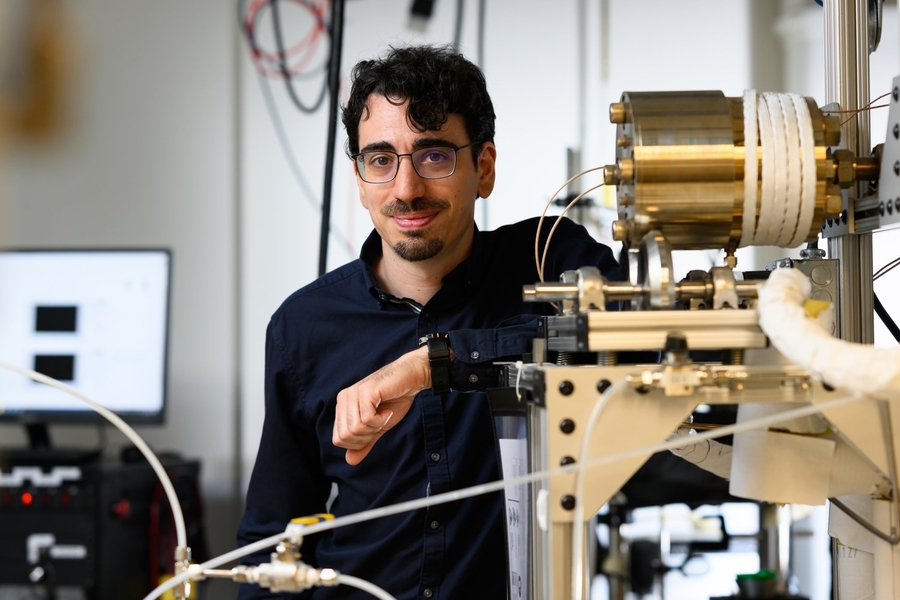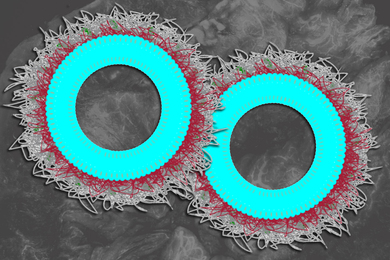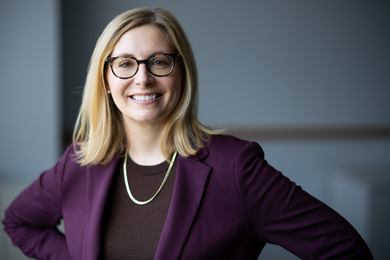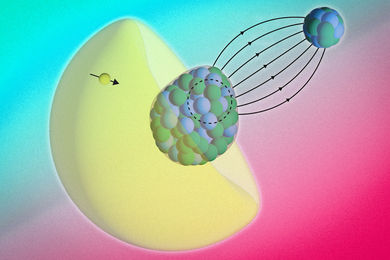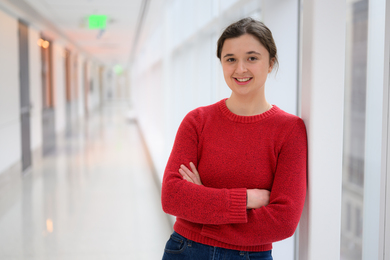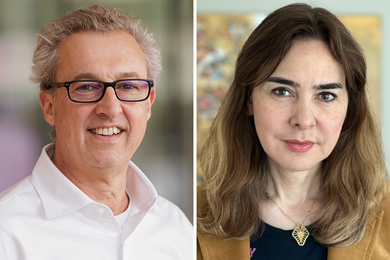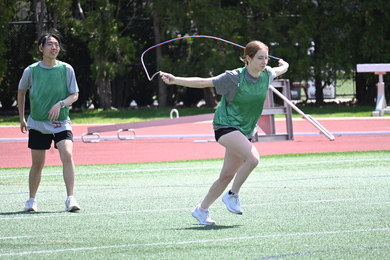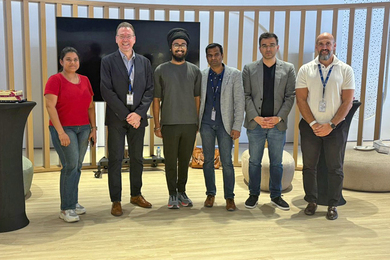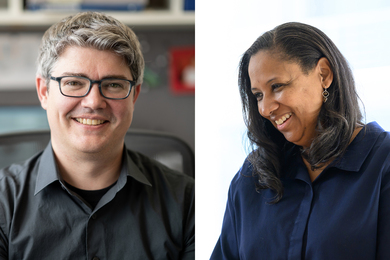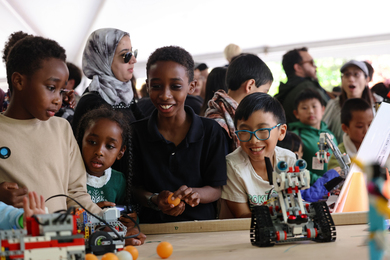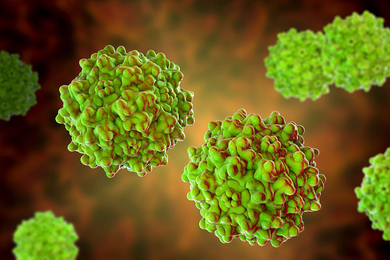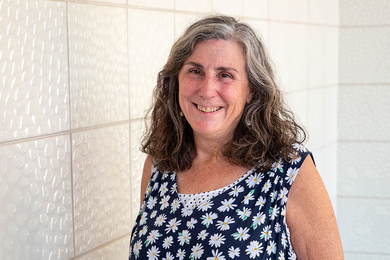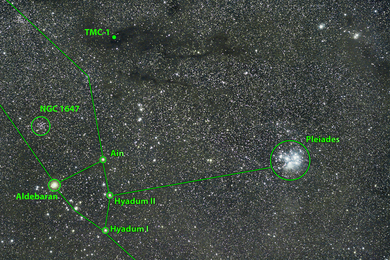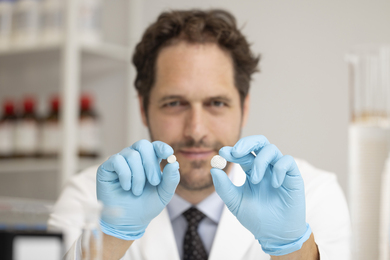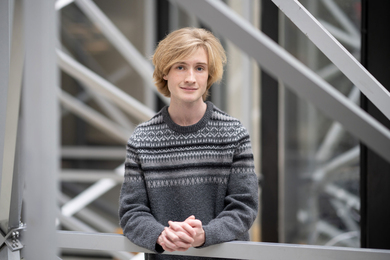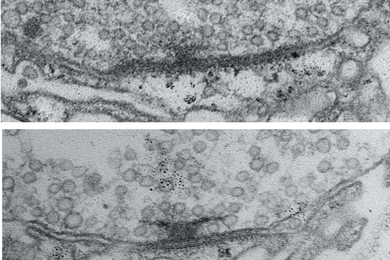Top News
Today’s Featured News
In the Media
Community Updates
Featured Multimedia

In summer 2025, MIT students Sabah Geresu ’28 and Hager Gomaa ’27 interned in Amman, Jordan through the MISTI Arab World program. Sabah worked on a quadruped robot at AlHussein Technical University, meanwhile Hager interned in the design department at Petra Engineering, where her work on the computer came to life and was used by businesses worldwide.

At MIT, our mission is to advance knowledge; to educate students in science, engineering, technology, humanities and social sciences; and to tackle the most pressing problems facing the world today. We are a community of hands-on problem-solvers in love with fundamental science and eager to make the world a better place.

In the Arctic’s unforgiving environment, Dave Whelihan of MIT Lincoln Laboratory is developing resilient sensing technologies to track shifting sea ice. Using the U.S. Navy’s Operation Ice Camp infrastructure, he’s testing prototype sensor nodes that monitor ice changes—vital for safeguarding U.S. strategic and economic interests along Alaska’s 1,000-mile Arctic coastline.

Brent Minchew is an Associate Professor of Geophysics in the department of Earth, Atmospheric, and Planetary Sciences at MIT. He studies the behavior of glaciers in response to environmental factors and is dedicated to understanding sea level rise and exploring viable interventions to stabilize ice sheets.
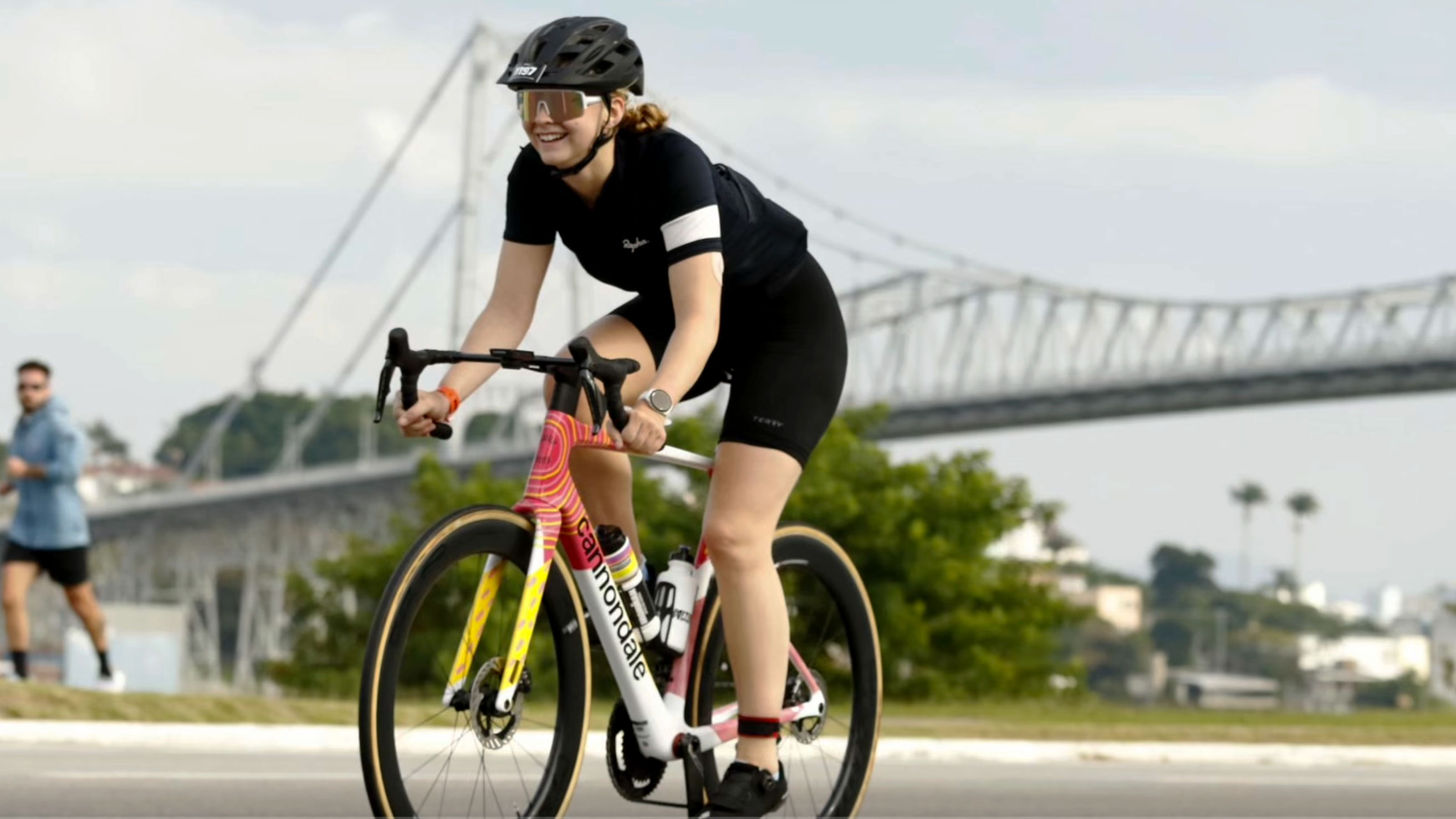
MIT Grad Student and Triathlon Club member Abby Lee is going for her Masters Degree in Aerospace Engineering, and attempting to literally put her name in the books. The Guinness Book of World Records to be precise! Check out this short film about her journey to competing in Ironman triathlons on all six inhabited continents.
